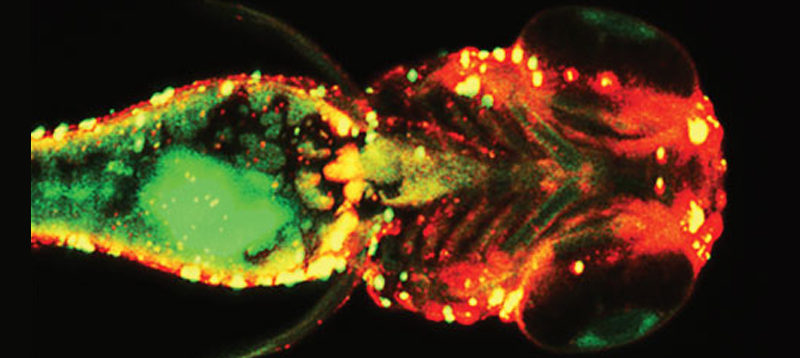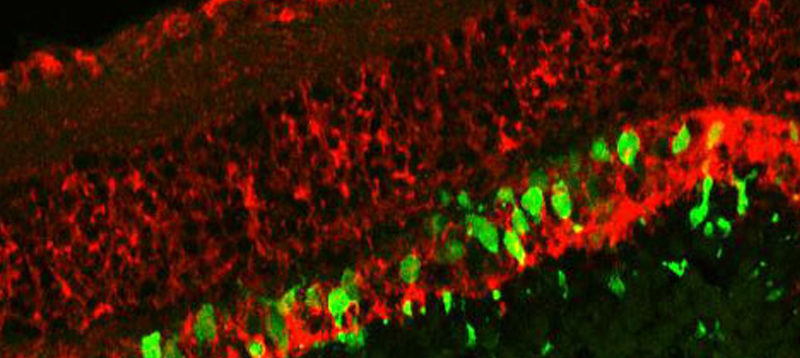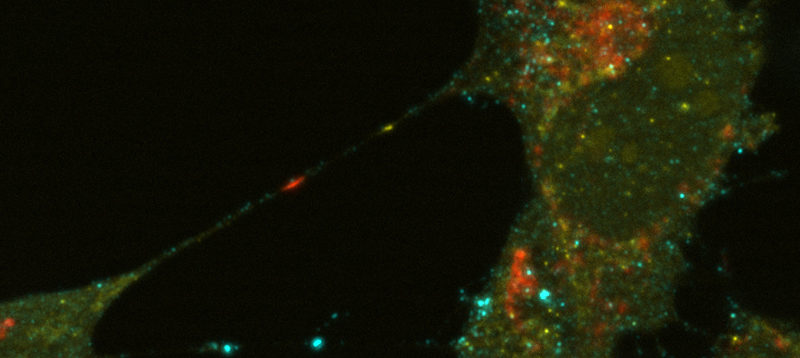Increasingly detailed analysis of vertebrate genomes has shown that the majority of the genome is transcribed into RNA but only a small fraction of the total RNA codes for protein. A much larger fraction consists of noncoding RNAs, both large and small. Broadly, we seek to understand the role that noncoding RNAs play in regulating gene expression, focusing mostly on microRNAs (miRNAs).
These small RNAs primarily regulate gene expression at the post-transcriptional level via base pairing with specific mRNA targets. Because the pairing is imperfect, the challenge is to identify bona fide mRNA targets and understand the role that such regulation plays in regulating gene expression. We showed that miRNAs play a key role during caudal fin regeneration and now seek to understand this process during retina regeneration in zebrafish.
Extracellular RNAs have now been discovered, either protected within vesicles or as stable RNA-protein complexes. We seek to determine the extent and functional consequences of cell-cell communication via extracellular vesicles and extracellular RNAs focusing mostly on miRNA transfer using models of colorectal cancer.





